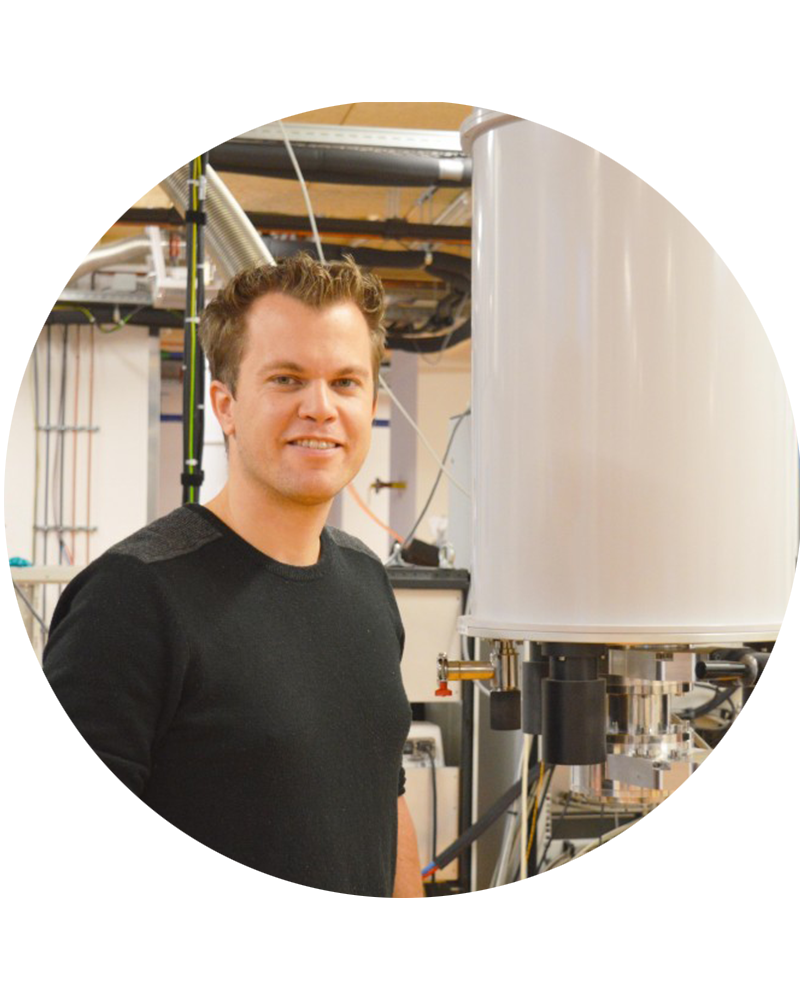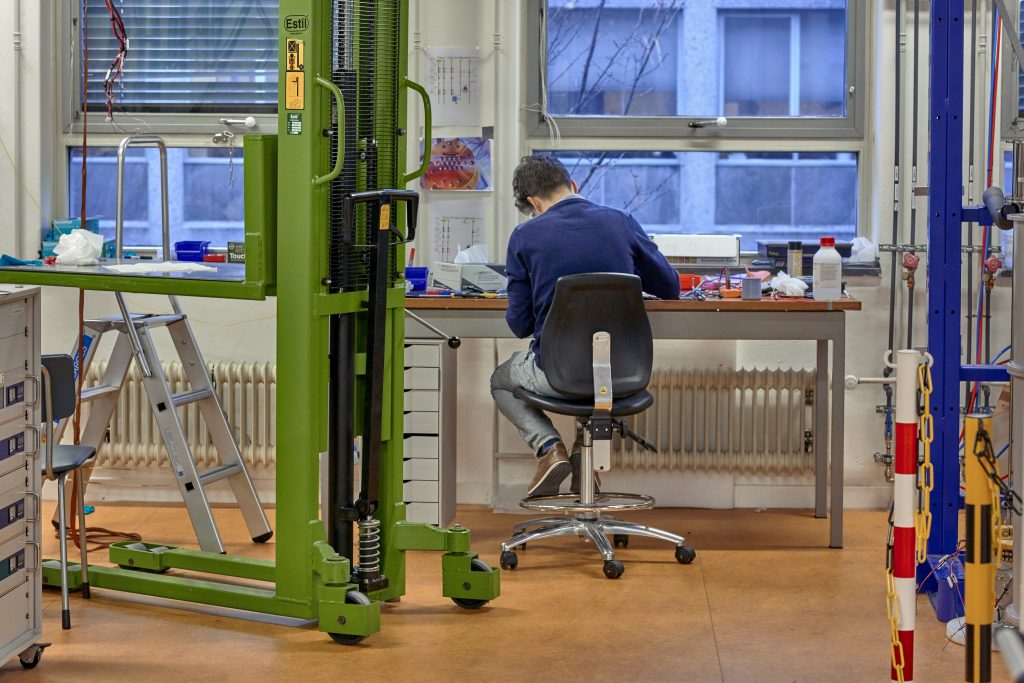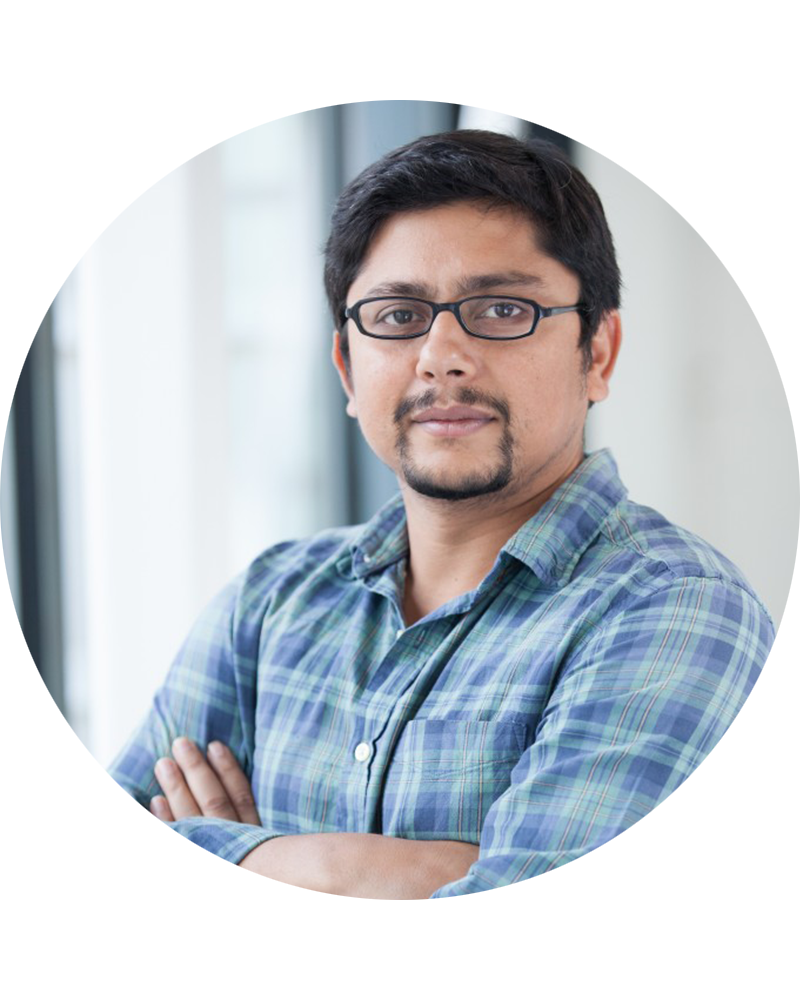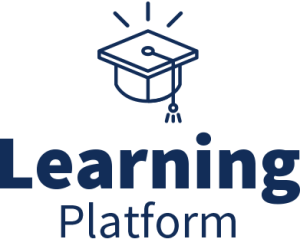PROJECTS IN QUANTUM HARDWARE & EXPERIMENT
QuTech welcomes students who are driven to work on problems at the very frontiers of quantum technologies.
QuTech works hard to realise a quantum computer and quantum internet. To succeed in this mission, theory and software as well as hardware efforts are required in each of QuTech’s divisions. Students in the second year of their Master’s or third year of their Bachelor’s can apply for a project with one of QuTech’s research groups. The projects are divided over four categories: Quantum Software & Theory, Quantum Hardware & Experiment, Quantum Computer Engineering and Quantum Materials.
Projects in hardware and experiment allow you to work directly in the experimental labs building quantum hardware. Exciting projects are available in a range of different platforms such as superconducting qubits and NV centers in diamond.
Here you will find the projects in the category Quantum Hardware & Experiment.
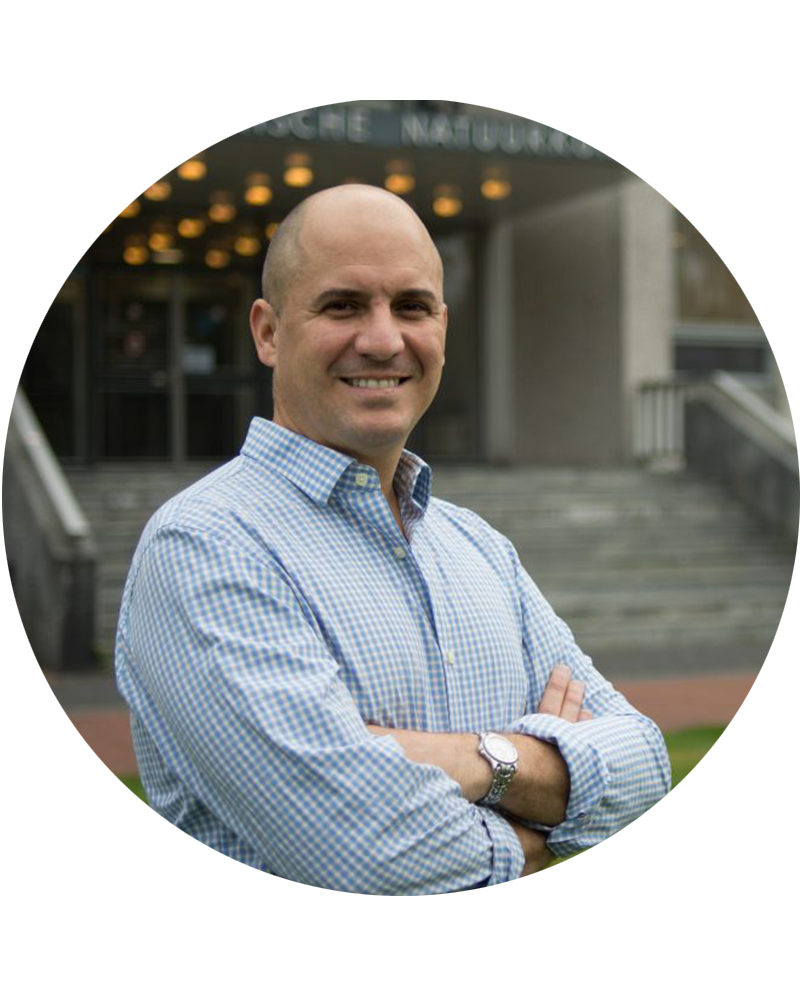
Leo DiCarlo
Leo DiCarlo develops superconducting quantum circuits with the goal to realise a large-scale quantum computer. One of his ambitions is to realise full fault-tolerant quantum computing using the surface code. Leo is also division leader of QuTech’s quantum computing division.
Are you interested in a project within Leo’s lab?
Attila Geresdi
Attila Geresdi works on topological quantum computing in low dimensional nanoscale semiconductor systems. His research aims at developing novel topological platforms with the goal of demonstrating quantum bits with inherent topological protection.
Are you interested in a project in Attila’s lab?
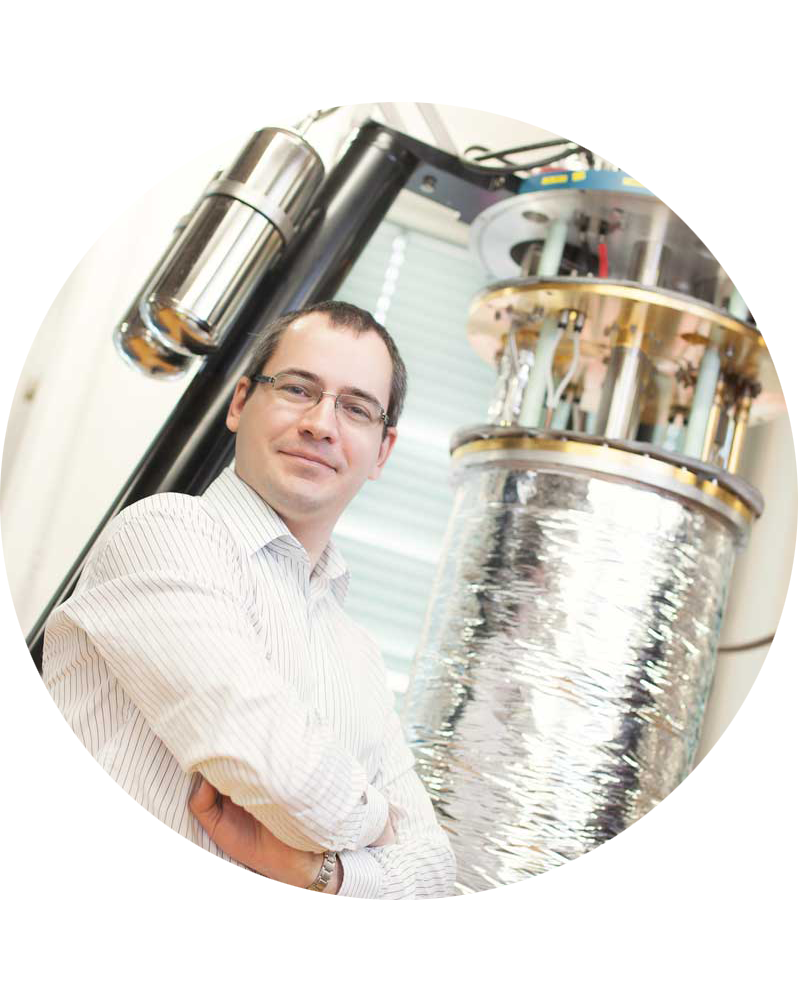
Ronald Hanson
Ronald Hanson exploits the remarkable properties of spins in diamond to study and engineer interactions between individual quantum systems – electron spins, nuclear spins and single photons – in often very fundamental physics experiments, with the long-term goal of building the first quantum internet. Work in Ronald’s lab is highly interdisciplinary, combining the fields of quantum optics, condensed matter physics, quantum information, and nano fabrication. His lab also collaborates closely with the theory groups within the quantum internet division.
Are you interested in a project within Ronald’s lab?
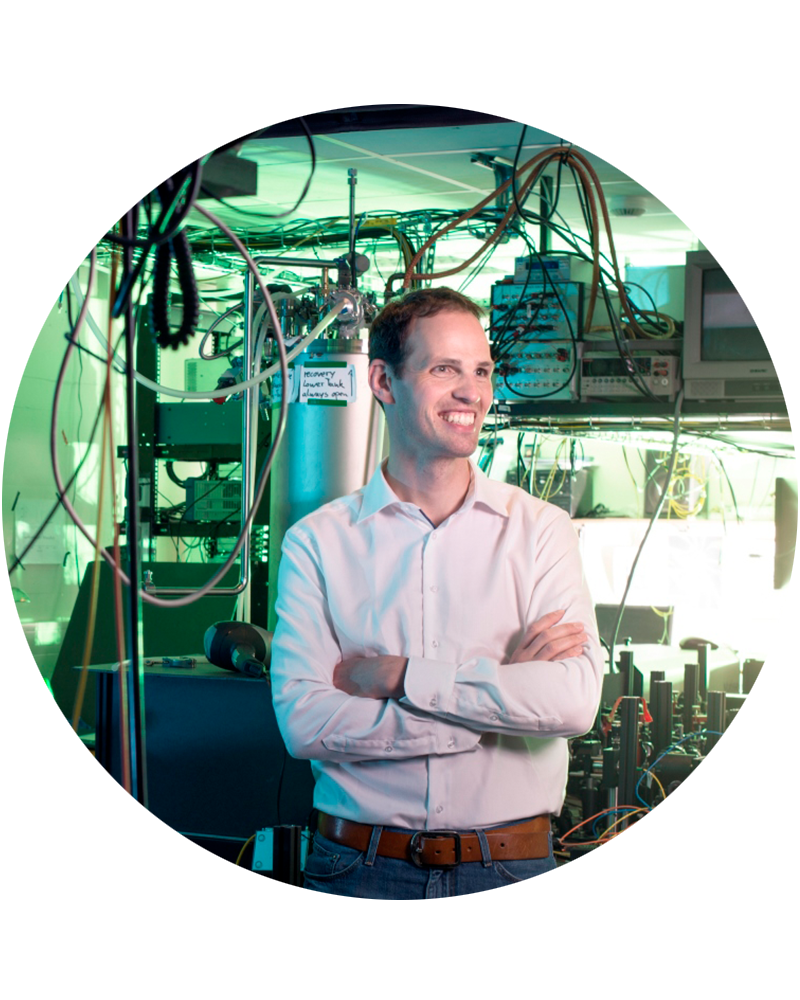
“AS STUDENT IN MY LAB YOU CAN CONTRIBUTE TO BUILDING A QUANTUM NETWORK.”
- RONALD HANSON - PROFESSOR
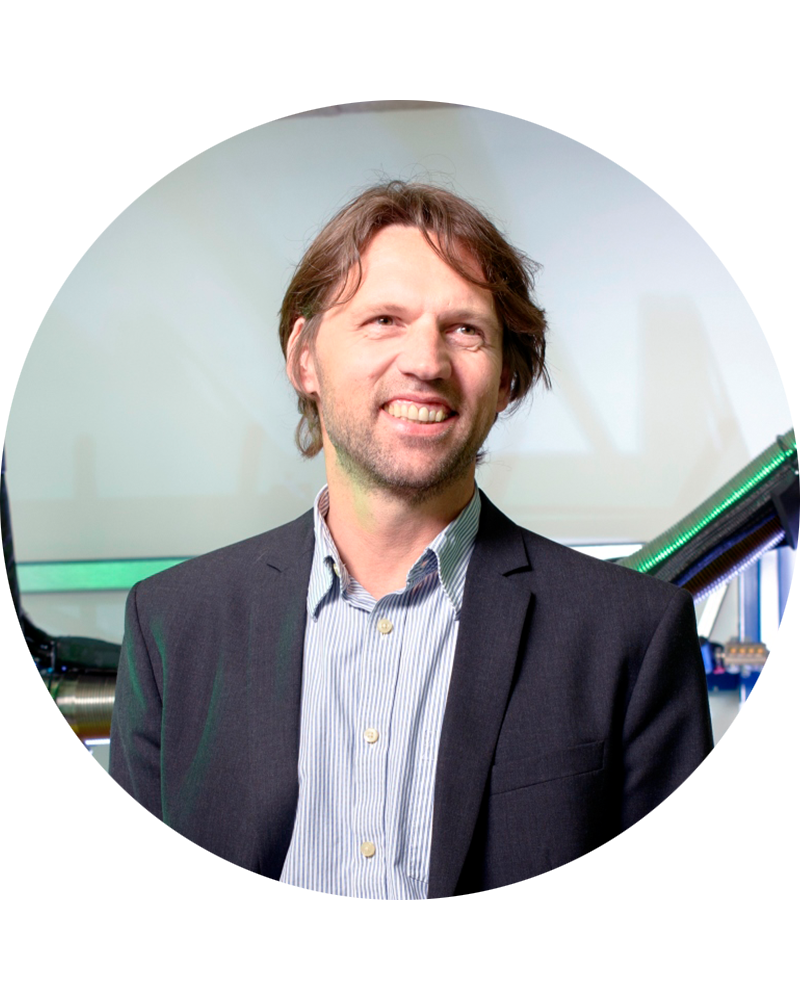
Leo Kouwenhoven
Leo Kouwenhoven works on topological quantum computing using Majorana fermions that were first observed in Leo’s lab in Delft. The current challenge is to operate Majoranas as qubits and manipulate the qubit states by exchanging Majoranas, i.e. a braiding gate, and to demonstrate non-Abelian statistics. That is a mouthful for saying that Majorana qubits are protected against decoherence. The concepts of topological states and protection are deep and non-trivial and our experimental approach should clarify which concepts are only theoretical and which lead to special properties in electronic devices.
Are you interested in a project within Leo’s lab?
Tim Taminiau
Tim Taminiau investigates solid-state spins and their applications for quantum information and physics. His group uses a combination of quantum optics, magnetic resonance and nanoscale fabrication to detect and control individual spins associated with defect centres.
With these controlled systems of coupled spins, Tim’s group aims to answer questions such as these:
- How does decoherence emerge in complex quantum systems?
- Can we use quantum coherence to realise novel improved sensors?
- Can we protect quantum states and computations indefinitely so that large-scale quantum computations become possible?
- Does quantum mechanics continue to accurately describe such extended large-scale quantum systems?
Are you interested in a project within Tim’s group?
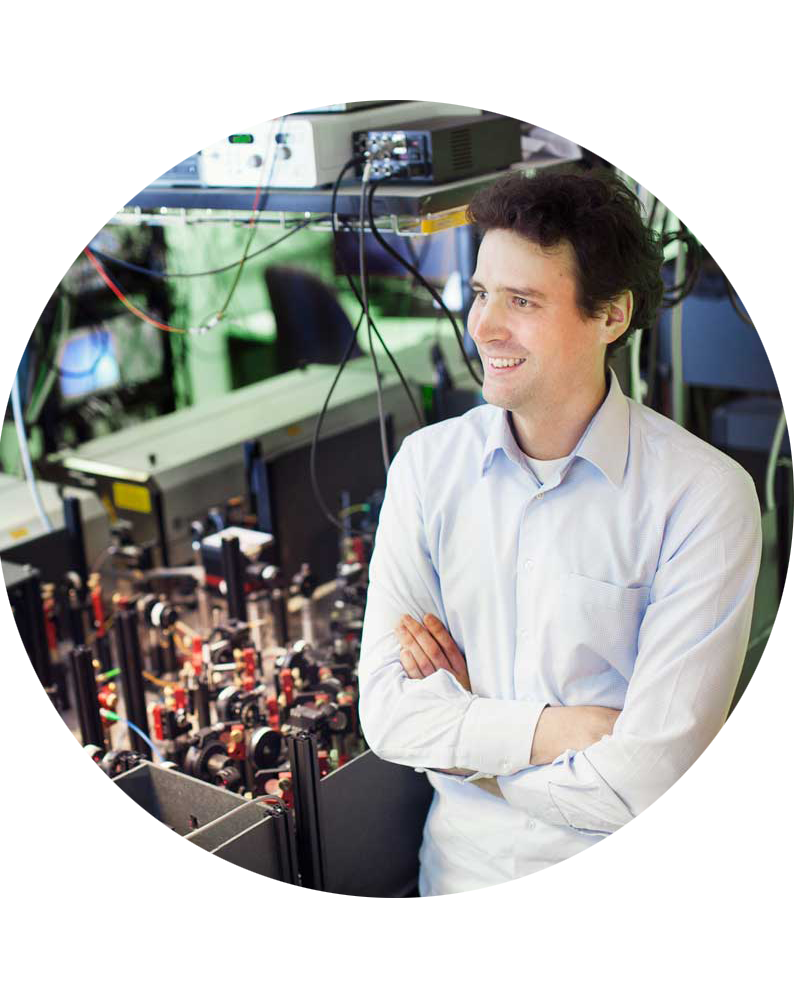
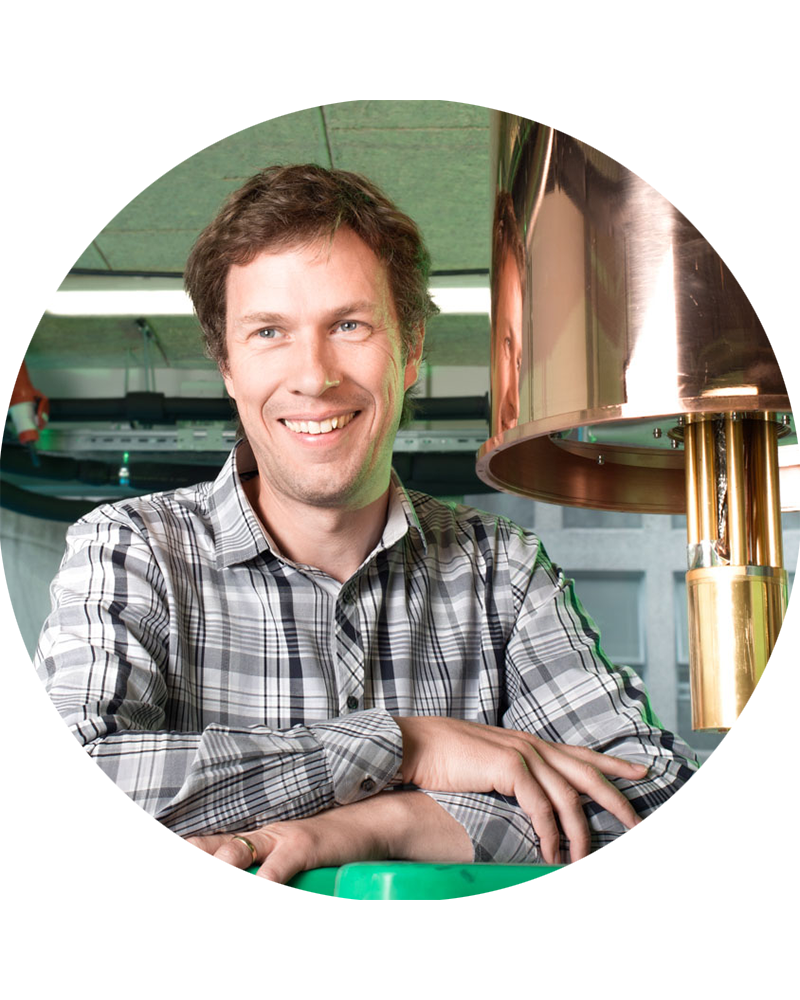
Lieven Vandersypen
Lieven Vandersypen works on applying spin qubits in silicon quantum dots in order to realise a large-scale quantum computer. In Lieven’s lab, they confine individual electrons in semiconductors and control their internal magnetic moment, or spin. The long spin coherence times and the compatibility of silicon quantum dots with the fabrication methods used for conventional computer chips make spin qubits in quantum dots a promising platform for quantum technologies. Lieven is also leader of QuTech’s quantum computing division.
Are you interested in a project within Lieven’s lab?
Menno Veldhorst
Menno Veldhorst’s goal is to realise robust and high-quality qubits that can be scaled. The experiments that his lab carries out require a deep understanding, a lot of creativity and state-of-the-art technology, but have the potential to pave the way towards a large-scale quantum computer; all on silicon chip. Menno’s group also closely collaborates with the theory groups at QuTech. Menno is also leader of QuTech Academy.
Are you interested in a project within Menno’s lab?
